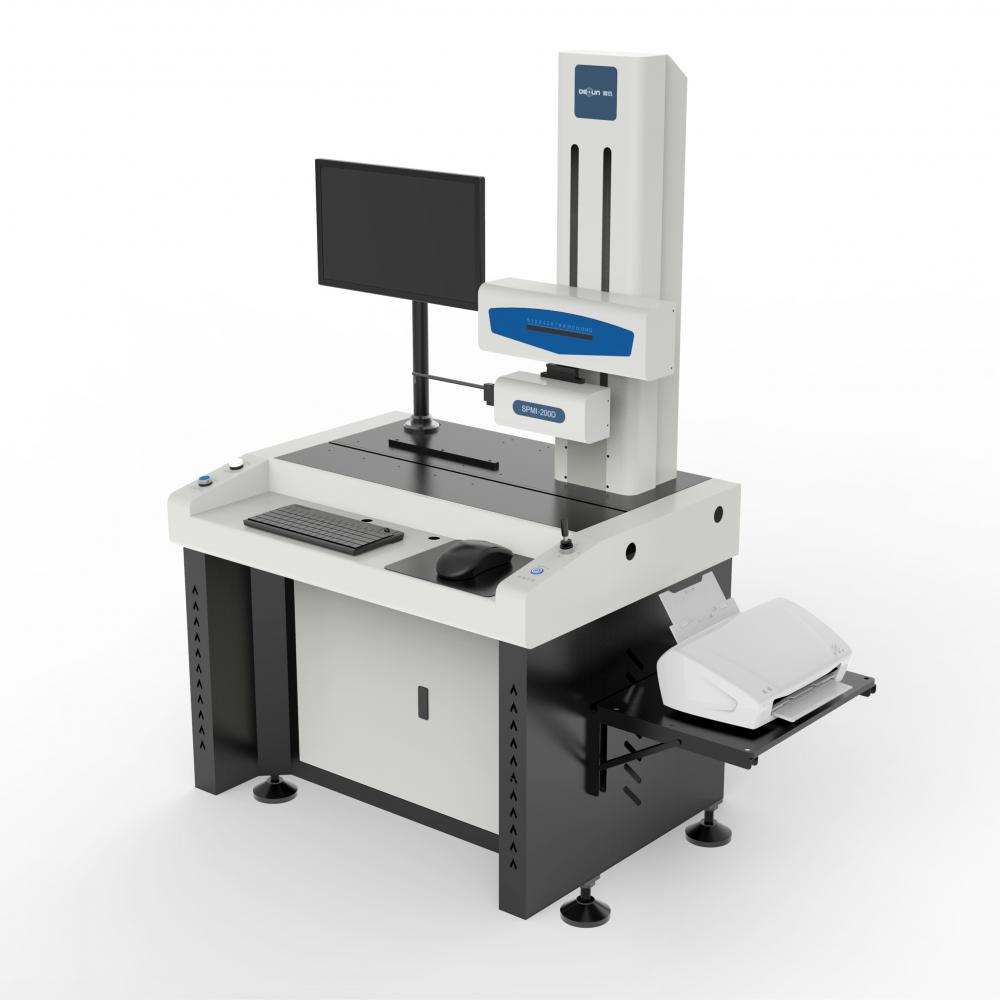In the summer, it's essential to manage temperature and cooling around rabbit housing areas. Planting tall, cane-like plants such as melon beans, grapes, and pumpkins around the rabbit house can help block direct sunlight. Additionally, applying a layer of lime slurry on both the inside and outside walls of the rabbit house can further reduce heat exposure. It's also important to install shaded shelters with open doors and windows to ensure good air circulation. For wool rabbits, trimming the fur on their head and face can help them stay cooler. Avoid overcrowding in cages, and when temperatures exceed 30°C, mist the area with cool water every 2–3 hours. You can also place bricks soaked in cold water for a few minutes into the cages; once they stop bubbling, they will provide a cooling effect.
When it comes to feed, during summer, focus on feeding green, juicy, and high-protein feeds while reducing energy-dense feeds. This helps maintain the rabbits’ health and prevents overheating. To prevent diarrhea, offer high-quality hay and ensure access to clean, cold water—adding 1–2% salt to the water can help supplement minerals. Feeding practices should be adjusted according to the rabbits' behavior. Since most rabbits are inactive during the day and more active at night, try feeding them early in the morning, offering smaller meals during the day, and providing a larger meal in the evening. At night, feed them grass to encourage eating and support growth.
During midsummer, male rabbits may experience reduced semen quality, and female rabbits may have irregular estrus cycles, increasing the risk of inbreeding. Even if breeding occurs, litter sizes may be small and weaker. To avoid this, it's recommended to stop breeding from mid-June to mid-August, allowing the rabbits to rest and recover, which benefits future breeding in the autumn.
Summer is a challenging time for raising young rabbits. As soon as they are born, they should be allowed to nurse colostrum immediately. Monitor the number of litters, keeping it around 6–8 per litter. Once the young start eating solid food, introduce a solution of licorice water mixed with 0.5% licorice, 10g brown sugar, 10g glucose, 0.5g compound enzymes, and 0.5g poultry trehalose per 100ml. Feed twice daily, 5ml each time. Keep the environment cool, protect against mosquitoes, and prevent predators like dogs and cats from harming the young. Maintain clean and dry grass mats for their comfort.
To prevent diseases caused by high humidity and heat, such as intestinal infections and coccidiosis, add chopped plantain, dandelion, onion, and garlic to the feed. Administer 2 pieces of each of the following daily: anti-inflammatory net and chlorophenyl hydrazine. Continue this for two weeks, then take a one-week break. Repeat the treatment with double the dose for better effectiveness. To keep young rabbits healthy, feed them with children’s safety supplements, oxytetracycline powder, and rendan spices. Regularly give them mung bean and white sugar soup or wolfberry tea to help prevent heatstroke.
Integrated Roughness Profilometer
Roughness Profilometer, also known as surface roughness meter, surface smoothness meter, surface roughness tester, roughness measurement meter, roughness tester, and other names. It has the characteristics of high measurement accuracy, wide measurement range, easy operation, portability, and stable operation. It can be widely used for the detection of various metal and non-metal processing surfaces. This instrument is a pocket instrument that integrates sensors and hosts, with handheld characteristics, making it more suitable for use in production sites. The exterior design is sturdy and durable, with significant resistance to electromagnetic interference, in line with current design trends.

The application fields of roughness meters include:
1. Mechanical processing and manufacturing industry, mainly metal processing and manufacturing. Roughness meters were originally developed to detect the surface roughness of machined parts. Especially, stylus type roughness measuring instruments are more suitable for detecting hard metal surfaces. For example, the automotive parts processing and manufacturing industry, the mechanical parts processing and manufacturing industry, and so on. As long as these processing and manufacturing industries involve the surface quality of workpieces, the detection application of roughness meters is essential.
2. In the non-metallic processing and manufacturing industry, with the progress and development of technology, more and more new materials are applied to processing processes, such as ceramics, plastics, polyethylene, etc. Some bearings are now made of special ceramic materials, and pump valves are made of polyethylene materials. These materials have a hard texture, and some applications can replace metal materials to make workpieces. During production and processing, their surface roughness also needs to be tested.
3. With the continuous strengthening and improvement of the technology and functions of roughness meters, as well as their in-depth promotion and application, more and more industries have been found to require roughness detection. In addition to mechanical processing and manufacturing, roughness evaluation is also required in the production and processing of power, communication, electronics, such as couplings on switches, integrated circuit semiconductors, and even stationery, tableware, and other products used in people's daily lives The surface roughness of human teeth needs to be tested.
Integrated Roughness Profilometer,Integrated Roughness Profiler, Measuring Instrument,High Speed Profilometer
Zhejiang dexun instrument technology co., ltd , https://www.dexunmeasuring.com
